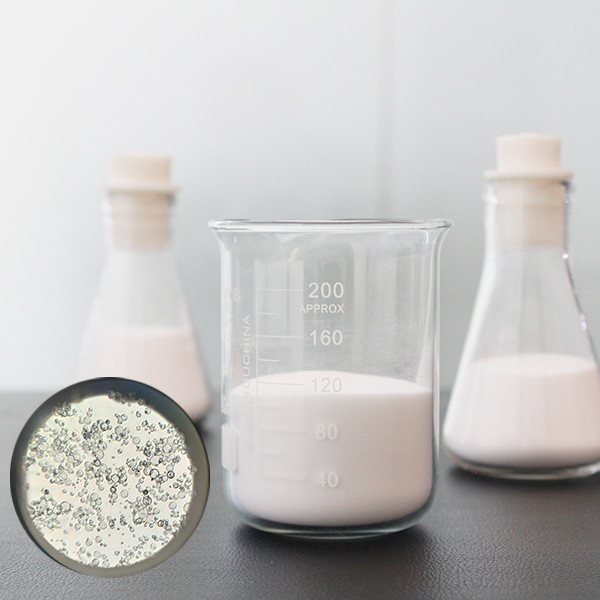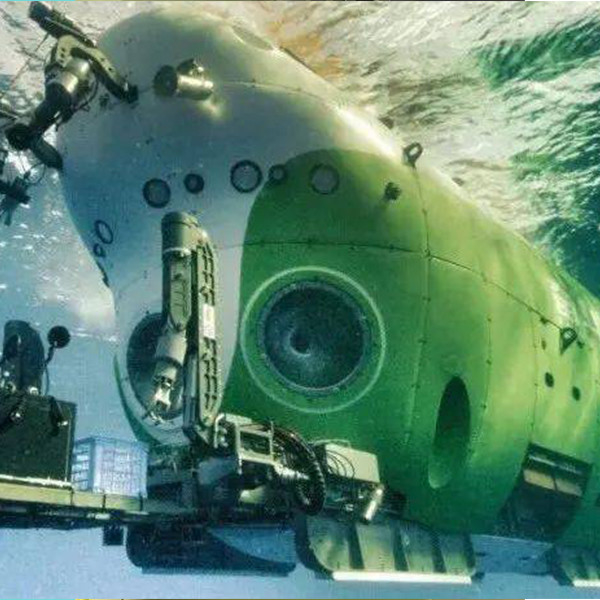Buoyancy Material Oil Well Cementing Hollow Glass Bubble HN40 Synthetic Foam
Product Specifications
| Attribute |
Value |
| Product name |
HN40 glass microspheres |
| Application |
construction |
| Diameter |
10-75 µm |
| Density |
0.15-1.0 g/cm³ |
| Compressive Strength |
100-8000 psi |
| Chemical Composition |
SiO2, Na2O, CaO, MgO, Al2O3 |
| Color |
White or transparent |
| True Density |
0.38-0.42 |
| Bulk Density |
0.20-0.23 |
| Dielectric Constant |
1.2-2.2(100MHZ) |
| Thermal Conductivity |
0.130 |
Product Description
Hollow glass bubbles serve as an excellent buoyancy material for marine applications, offering low density, water resistance, and superior thermal insulation properties. These microspheres are typically combined with resins to create lightweight composite materials that can be molded to specific requirements.

Key Applications
- Dock and pier flotation systems
- Marine buoy construction
- Subsea insulation materials
- Floating barrier systems
| Model |
True Density (g/cm³) |
Bulk Density (g/cm³) |
Compressive Strength (Mpa/psi) |
Diameter (µm) |
| HN40 |
0.38-0.42 |
0.2-0.23 |
4000 |
20 | 40 | 75 |
Product Advantages
- Lightweight construction
- Enhanced stability
- Superior corrosion resistance
Why Choose Our HN40 Glass Bubbles?
- 20+ years of specialized manufacturing experience
- Ranked among top global HGB manufacturers
- Guaranteed product quality with comprehensive testing
- Consistent performance and reliability
Frequently Asked Questions
What packaging options are available for HN40 glass bubbles?
We offer standard carton and ton bag packaging, with dimensions varying by product model and density. Custom packaging solutions are available upon request.
What are Hainuo Technology's credentials in HGB manufacturing?
Established in 2011 with government-backed research, we've earned national recognition including "High-Tech Enterprise" status and have supplied major oil projects for CNPC and CNOOC.
What safety precautions should be taken when handling HN40 glass bubbles?
Work in ventilated areas, minimize dust generation during unpacking, and use protective gear (gloves, eyewear) if sensitive to fine particles.
What are the primary benefits of using hollow glass bubbles?
They provide excellent thermal insulation, improve material stiffness and fluidity, enhance chemical resistance, and reduce product weight.
What industries commonly use hollow glass bubbles?
Aerospace, marine, construction, plastics, and rubber industries utilize them as lightweight fillers to improve performance and reduce costs.
What is the size and density range of Hainuo glass bubbles?
Our products range from 10-115µm in size with densities between 0.11-0.606 g/cm³, depending on application requirements.
Are hollow glass bubbles environmentally friendly?
Yes, made from natural sand, they're fully recyclable and cause no environmental harm throughout their lifecycle.
Can HN40 glass bubbles be used in 3D printing?
Absolutely. They reduce material weight, minimize warping, and improve printability when added to polymers and resins.
Are these microspheres suitable for concrete applications?
Yes, they serve as lightweight aggregates that enhance thermal insulation, fire resistance, and durability in concrete mixtures.
What is Hainuo's production capacity?
Current annual capacity is 15,000 tonnes, expanding to 35,000 tonnes by 2026 with new production facilities.
How should HN40 glass bubbles be stored?
Store in cool, dry areas away from direct sunlight. Keep packages tightly sealed to prevent moisture absorption and particle emission.

 Your message must be between 20-3,000 characters!
Your message must be between 20-3,000 characters! Please check your E-mail!
Please check your E-mail!  Your message must be between 20-3,000 characters!
Your message must be between 20-3,000 characters! Please check your E-mail!
Please check your E-mail! 


